Film Name:星際大戰8:最後的絕地武士 / Star Wars: The Last Jedi
The night before last, I stayed up late to catch the premiere. After it ended, I felt a mix of emotions. I finally understood why this film has risen in critical circles yet fallen among its fanbase—the key phrase boils down to “destruction before rebirth.” Some celebrate the glorious rebirth, while others lament the shattered remains scattered everywhere.
[Friendly reminder: This article contains major spoilers.]
One thing is certain: Star Wars: Episode VIII is a film worth seeing. While staying true to tradition, it also introduces many innovations, particularly in its setting and action sequences. It successfully continues the tone of The Force Awakens, with the space battle scenes evoking the feel of the original trilogy.
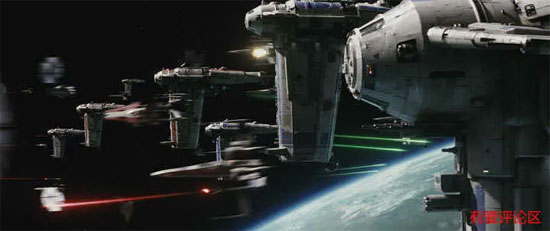
While the “Star Wars aesthetic” may not appeal to everyone, this vast, expansive universe of infinite possibilities is worth experiencing on the big screen.
To say nothing else, the debut battle on the planet Crait alone is enough to cement The Last Jedi in history—this epic clash alone justifies the price of admission…
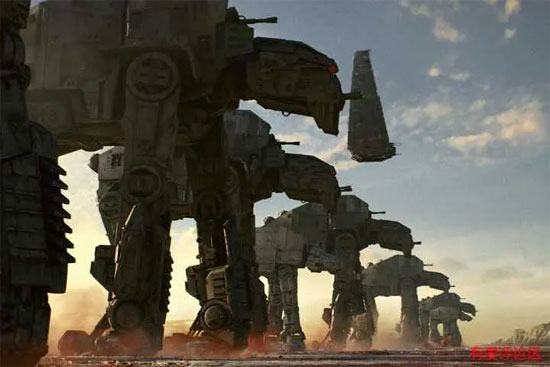
The First Order unleashed an army of AT-AT walkers carrying “mini-Death Star”-class superlasers to crush the Resistance, who retreated into an abandoned Rebel military base.
This fortress was also a death trap. To avoid passively awaiting their doom while waiting for reinforcements, the Resistance pilots took to the skies in their aging, creaking gliders.
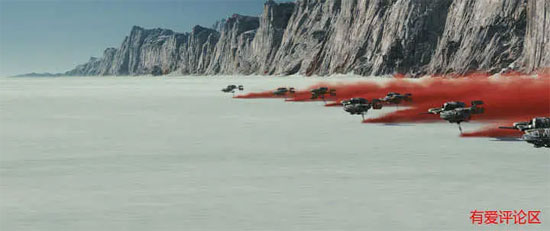
This planet bears a resemblance to the icy landscape of Hoth in Episode V: The Empire Strikes Back. Its surface is blanketed by crystalline salt that resembles snow, though the soil beneath is actually red…
Imagine this: a blue sky, solitary mountains, salt flats, and crimson mist. Against such a backdrop, a defense battle unfolds between vastly unequal forces. Coupled with dramatic twists and turns in the conflict, it promises to be an absolutely epic and breathtaking spectacle.
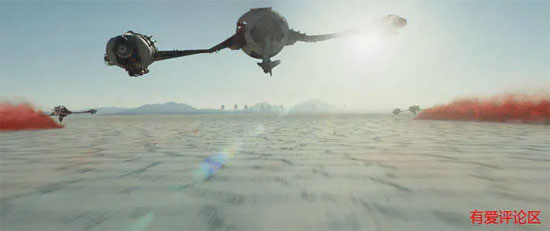
Additionally, the planet features native creatures like “crystal foxes” that regulate the environment… The overall sensory experience is something previously unimaginable.
In fact, “The Last Jedi” contains numerous homages to “Episode V – The Empire Strikes Back” in its scenes and plot: forced into exile, seeking aid in an unknown, alien land, a new apprentice seeking out a reclusive Jedi Master to train under, and later venturing alone into enemy territory.
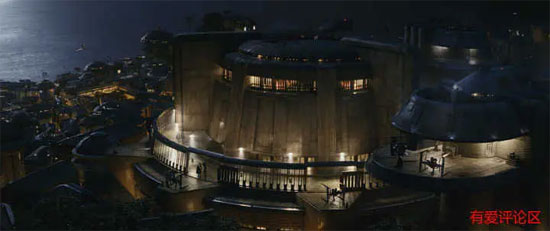
Of course, the film doesn’t merely replicate the old formula; it builds upon and reconstructs the foundation, offering familiar Star Wars fans a sense of novelty amidst the nostalgia.
Since Disney took over the Star Wars franchise, “change” has been the core keyword, and in The Last Jedi, it’s nothing short of a “revolution.”
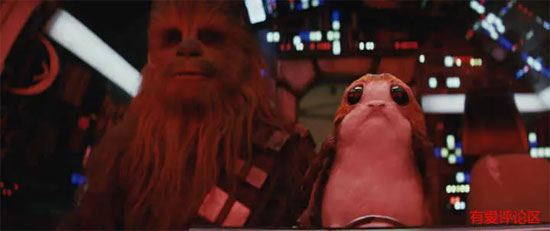
The traditionally serious tone now features more (obvious) comedic moments. Pairing Chewbacca with big-eyed, adorable creatures like the “Porgs” is practically screaming, “I’m here to be cute and get hugs!” (The original design intent for the Ewoks wasn’t about cuteness either, you know – -).
Another notable shift is the unprecedented diversity of humanity in this film—African American, Latinx, and Asian characters all feature prominently, while female leadership roles hit an all-time high…
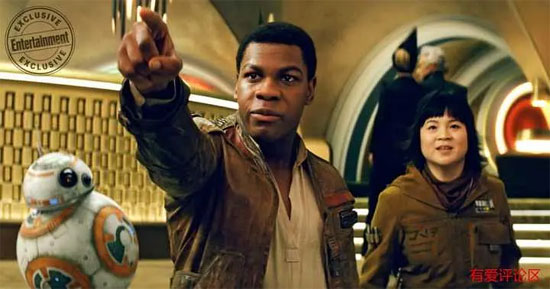
“Equality” is undoubtedly a positive thing, and I don’t wish to resort to clichés about “political correctness.” However, there exists a delicate balance between proactive progress and overcorrection—a balance of timing and degree. No transformation can be achieved overnight, and this film may have slightly overstepped, causing discomfort for some viewers.
However, whether these changes are appropriate is secondary. Done well, they add polish; done poorly, they don’t break the series. For a franchise like Star Wars with such a simple core, one doesn’t even need to pursue plot sophistication… But if the characterization is ruined, everything collapses.
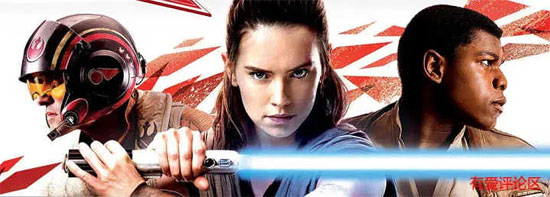
Take Rey, Finn, and Poe Dameron as examples—it’s clear the new trilogy intends to establish them as the young generation of Resistance leaders. Yet their performances in the films can hardly be called “good.”
As a newcomer who stumbled into the “galactic saga,” Rey grew up alone yet possessed extraordinary talent. In The Force Awakens, she briefly took center stage by accident before finally embarking on the proper path of apprenticeship at the end—her starting point was actually quite low. Luke, before training under Master Yoda, had at least received instruction from Obi-Wan Kenobi.
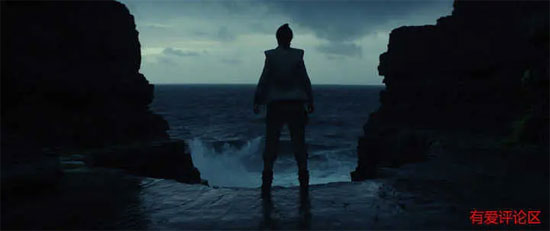
Yet Rey’s progress on the deserted island seems far too rapid, constantly skipping levels to tackle advanced training. This can’t be explained away with a simple “gifted” label… Of course, who can truly understand the Force? So Rey’s storyline isn’t exactly broken; it’s passable.
In contrast, Finn feels far more jarring. Having shed his deserter’s shadow to become a minor hero at the end of the previous film, he wakes up this time seemingly ready to run away again—or rather, to find Rey. Most likely, it’s both: escape and search for Rey.
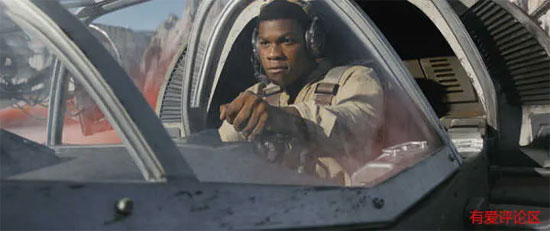
After being stopped, Finn suddenly transforms into the most steadfast and courageous Resistance fighter—causing chaos in the casino, confronting his former superior, charging into battle, and even embracing self-sacrifice. While this could be interpreted as “rapid growth,” it feels heavily forced into a “heroic, noble, and righteous” mold.
As for Poe Dameron, he completely imploded… The intelligent and courageous Air Force captain from The Force Awakens has been reduced here to a reckless, hotheaded, short-sighted, brainless brute.
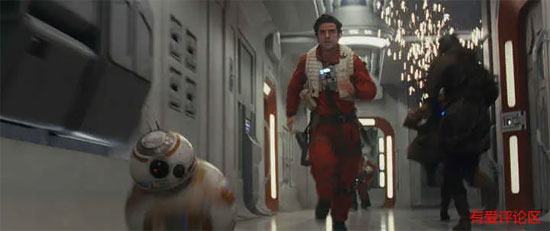
We all get it—all the insubordination, impulsiveness, and military mutiny were paved to showcase Leia’s tolerance and mentorship, and to make Dameron finally understand when to advance and when to retreat. But completely ruining Dameron’s character just for this formulaic “maturity” is simply not worth it.
Another character who must be mentioned is Kylo Ren, the cornerstone of the entire First Order. While his transformation is significant, it’s difficult to judge whether it’s for better or worse.
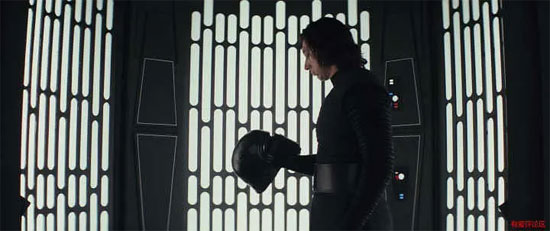
For instance, Kylo Ren wrestled with himself before finally smashing his helmet—he didn’t need it to hide his ugliness and weakness like his grandfather did, though he’d once used it that way—and now he’d resolved to step out of Darth Vader’s shadow. This transformation deserves applause.
However, once the young “Dark Knight” started thinking freely, he couldn’t quite rein himself in. Call him dark, yet his refusal to kill his mother shows his conscience isn’t entirely gone. Call him light, yet he took down Snoke to become the leader himself…
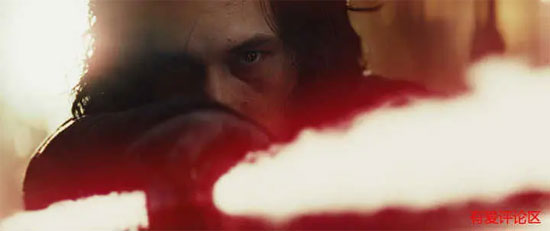
This approach—rejecting both the Jedi and the Dark Side, ultimately trusting only himself—is truly one of a kind in the galaxy.
Overall, the transformations of the younger generation in “The Last Jedi” can be seen as a mixed bag (leaning more towards the negative), though not enough to provoke a fierce backlash…
What truly pains fans is the film’s subversive reimagining of the older generation of characters, especially Luke Skywalker.
When Rey found Luke at the end of The Force Awakens and handed him the lightsaber, we were certain a new master-apprentice saga would unfold…
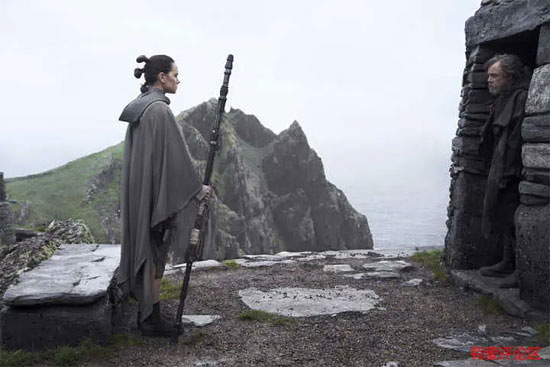
Instead, Luke immediately threw the lightsaber away… Threw it… And soon it became clear this wasn’t a test for Rey, but genuine disillusionment—he refused to take on an apprentice.
Luke’s despair wasn’t without reason. He had sought to restore the Jedi Order’s glory, only to discover the “infinite potential” of the dark side growing within Ben Solo. A single moment of misjudgment led to a misunderstanding that ultimately became an irreparable mistake.
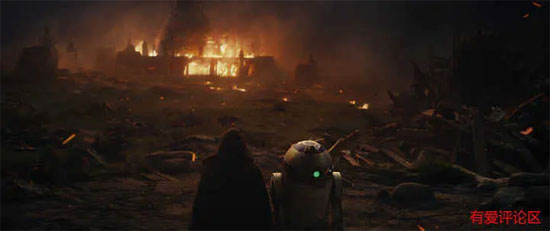
Consumed by regret, shame, frustration, and despair, Luke subsequently severed his connection to the Force and retreated to the “most remote planet in the galaxy” to live out his days in solitude.
After Rey’s performance proved less than “ideal,” Luke became even more determined to burn the Jedi archives, seeking to ‘end’ the Jedi legacy once and for all. Yet when the moment came to act, he hesitated. It took Master Yoda appearing to light the fire for him, helping him truly grasp the principle that “you must destroy to rebuild.”

To put it plainly, Luke Skywalker descended from his pedestal as a “legendary figure known throughout the galaxy,” reverting from a “demigod” back into a ‘human’ with emotions, pain, and weaknesses. He then achieved enlightenment, his spirit leaving his body to fulfill his duty, ultimately ascending to immortality and becoming one with the Force—truly becoming a “god.”
While this narrative choice appears unproblematic and aligns with contemporary sensibilities, it feels jarring within the Star Wars universe, even diverging from its core themes.

Who is Luke? He is the son of Anakin Skywalker, a farm boy who grew into the galaxy’s last Jedi Knight. Trained by masters like Obi-Wan and Yoda, he embodies honesty, sensitivity, passion, sincerity, kindness, and compassion. Ultimately, he transforms into a brave, resilient, tenacious, and selfless figure—the very heart and “light” of the Star Wars trilogy.
Such a Luke is hard to reconcile with a defeated character who crumbles at the first setback. Destroying him and then rebuilding him in such a careless manner within the film itself carries an underlying contempt.
In fact, last year saw actor Mark Hamill openly confront director Rian Johnson: “I almost completely disagree with every choice you made about this character.”

Though Mark has since apologized and the matter seems to have been resolved amicably… we all know the truth.
The same goes for Leia. We understand her exhaustion after losing her son, husband, and other loved ones, facing bleak circumstances. We accept her gradual stepping back to pass the torch to the next generation…
But the resolute, courageous, beautiful, and fiery Princess Leia of yesteryear—beyond her current wisdom—would never have surrendered so “easily” to the younger generation.
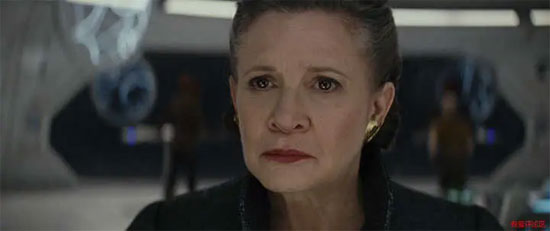
In the films, Han Solo and Luke Skywalker have passed away. Beyond the screen, Carrie Fisher, who portrayed Leia, also appears in the end credits. Whether on or off the screen, an era will inevitably come to an end.
Saying all this, it’s still nostalgia at play… “Star Wars” is fundamentally a rather classical, traditional story. It may indeed be less suited to the entertainment ethos of our time, and the heroes of yesteryear will inevitably depart one by one. Even so, they deserve a better farewell.
Truthfully, this film excels in “pioneering”—it dismantles bloodline dogma and fatalism, granting every young soul a stage to shine. As the final scenes unfold, children recounting Jedi legends gaze up at the vast cosmos, their eyes flickering with hope. Yet in “inheritance,” it falls short…
There’s a saying that goes: To gauge a society’s (or nation’s) hope, observe how it treats its children; to measure its conscience, see how it cares for its elders.
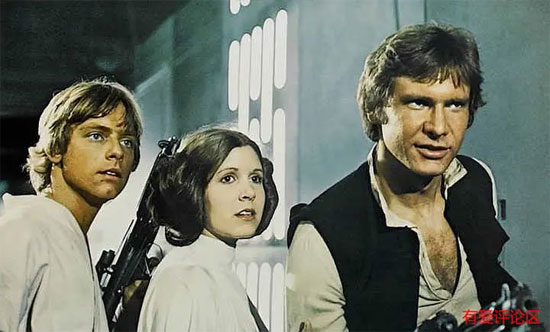
This principle applies equally to The Last Jedi. It undeniably presents a fresh future and glimmer of hope—perhaps the best entry point for those unfamiliar with Star Wars. Yet it also reveals a ruthless, cold-hearted resolve that, for longtime fans and devotees, can never be considered a satisfying conclusion.
After all, the film where Luke, Leia, and Han Solo first appeared was called “A New Hope”… The way to kindle the next glimmer of hope is never to extinguish the previous candle’s flame, but to light a new one through the passing of the torch—illuminating the surrounding darkness together before the old flame fades.
Please specify:Anime Phone Cases » Star Wars: The Last Jedi 星際大戰8:最後的絕地武士 2017 Film Review: There’s plenty of hope, but not enough conscience.